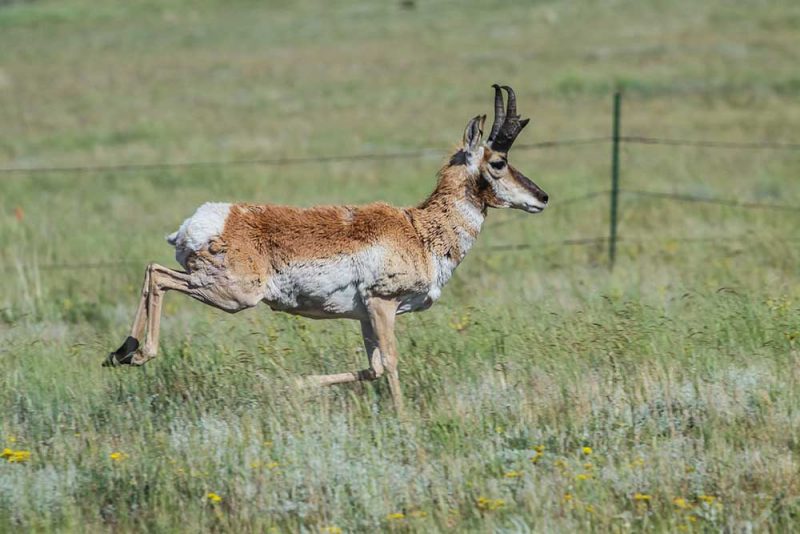Wildlife biologists are considering flying fresh drinking water to bighorn sheep that live on Antelope Island. This is something that the state has never done before. However, many biologists worry that the bighorn sheep will leave their habitat on the island and migrate down towards the springs that are situated near the shoreline on Antelope Island. There are several freshwater springs and tanks on the island but many of them are miles from the bighorn sheep habitat in the mountains of the island.
The biologists have data that makes them believe the guzzlers and springs in the mountains of Antelope Island are already starting to dry up. It is believed that if the bighorns move out of their normal habitat they may not go back. Another fear is that if the bighorns migrate lower it may increase the chance of mingling with domestic sheep. There are no domestic sheep on the island currently.
However, it is believed that in the past lone rutting rams have traveled off the island and mingled with domestic sheep. As a result, those rams have brought back diseases that killed off the last bighorn herd that lived on Antelope Island. Back in 2020, we covered this story. You can read more about the disease that wiped out the Antelope Island bighorn herd by clicking here.
The bison and mule deer that live on Antelope Island are not a concern. Recent projects on the island have ensured that those two species can get easy access to water along the bottomland of the island with minimal effort.
The thought process is if the mountain springs and guzzlers are refilled the bighorns will stay in their preferred habitat and hopefully limit the migration and prevent the spread of any diseases.
Flying Water to Bighorn Sheep
The plan is not without its challenges. The first issue is figuring out a freshwater source. Antelope Island sits in the middle of the Great Salt Lake, which is obviously not freshwater. Another concern is the filling of guzzlers is typically a slower process than filling tanks. The state says this operation will not happen for several weeks if the project is approved.
“This is something new to us out here. And for the past 20 years, there’s always been sufficient moisture here on the island to carry the wildlife through.” – Wildlife Biologist Steve Bates
Flying freshwater to wildlife has become a very common practice in several southwestern states. Both Nevada and Arizona have started programs for similar reasons. You can read about those projects by clicking here for Arizona or here for Nevada. If you are interested in reading more about Utah’s Antelope Island click here.















